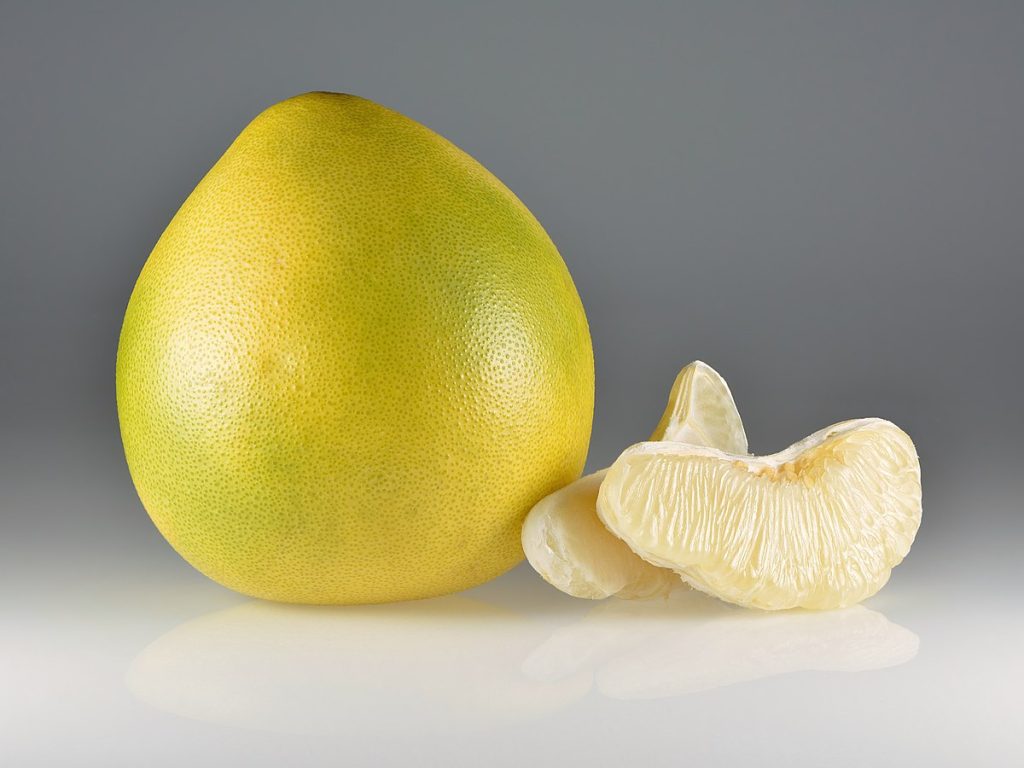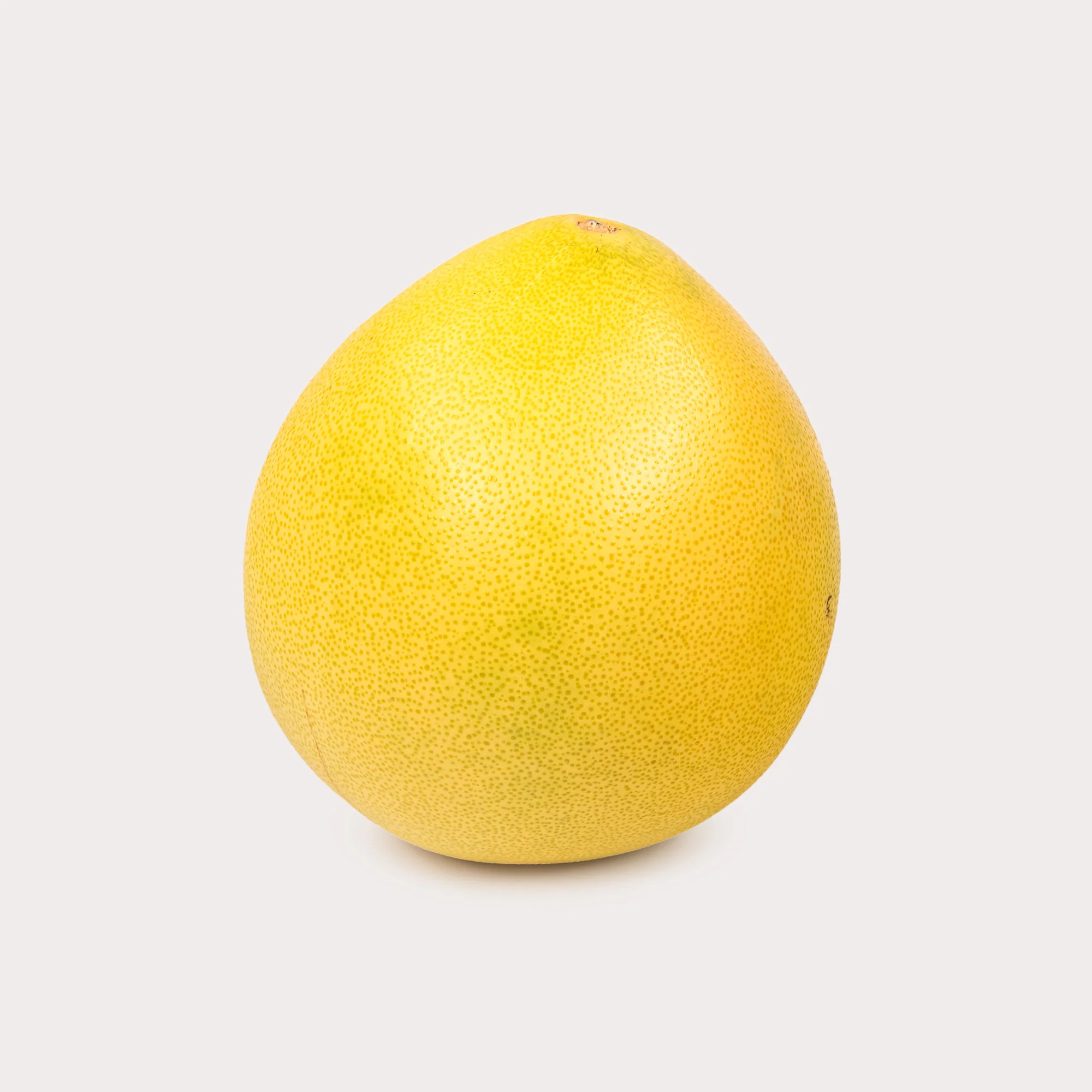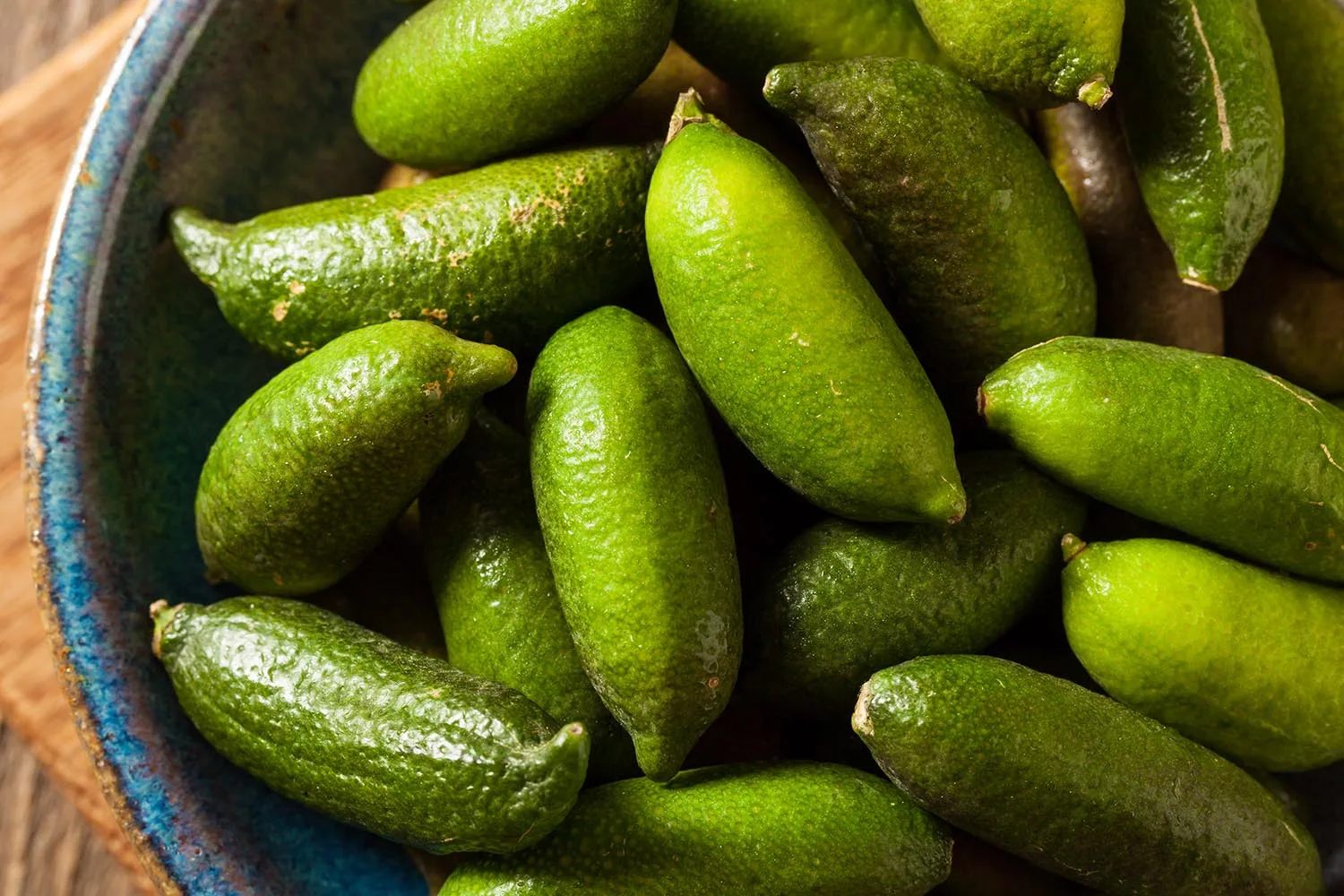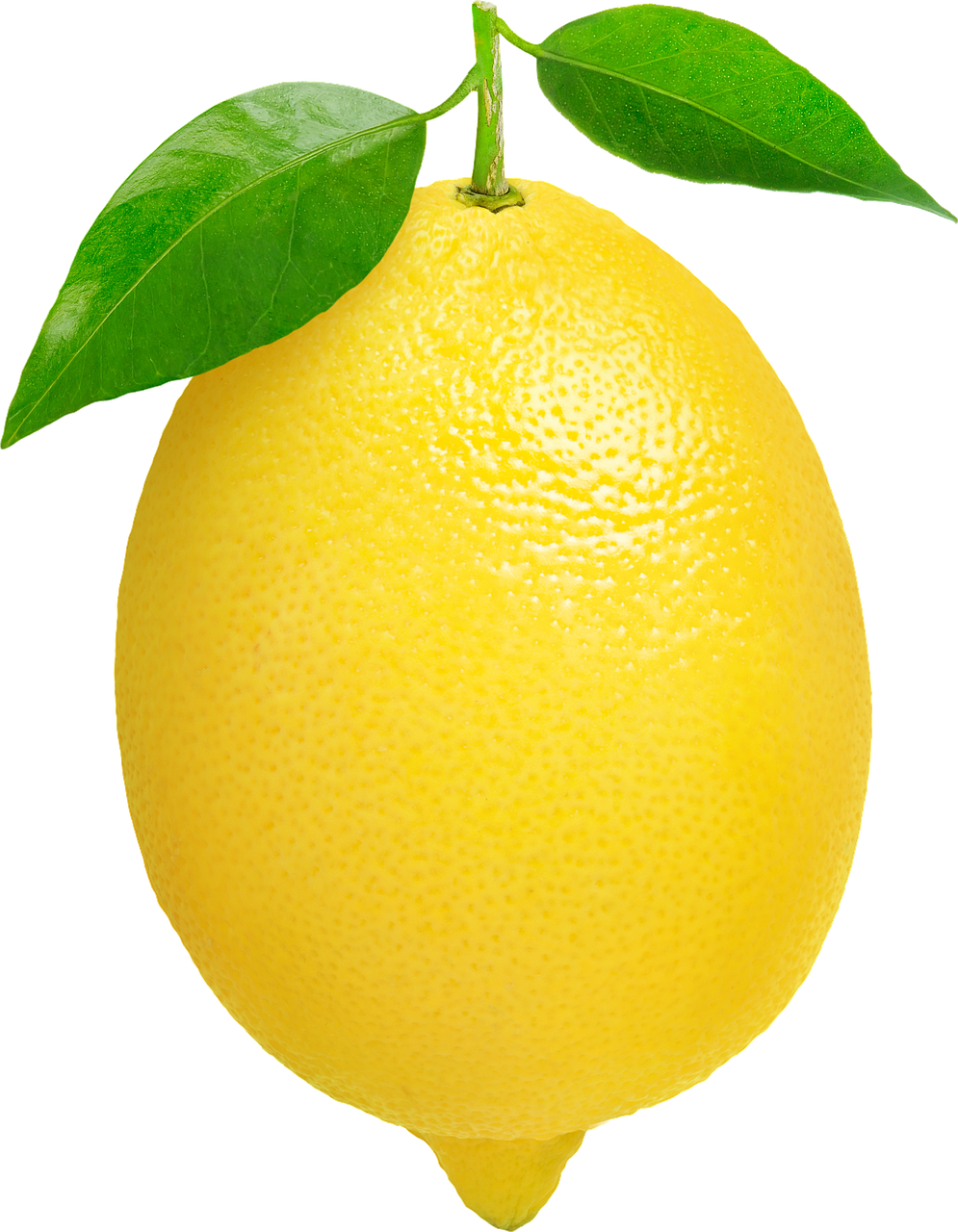Pomelo (Citrus maxima (Burm.) Merr.): Characteristics of the Fruit, Varietal Traits, Nutritional Value and Distribution
The pomelo (scientific name: Citrus maxima) belongs to the Rutaceae family within the Citrus genus. It is known for being the largest citrus fruit, with its thick peel, juicy segments, and distinctive taste.
Fruit Characteristics
Pomelos are typically round to pear-shaped hesperidia that can grow quite large—up to 15-25 cm in diameter—and weigh several kilograms each. Their thick rinds turn yellow or greenish-yellow when ripe; these rinds are often smooth but can be slightly roughened by visible oil glands emitting a fresh citrus aroma. Inside, the segmented flesh varies from white to pale yellow, pink, or red; it is soft yet juicy, with a sweet flavor that is mildly acidic but can have slight bitter notes too. Many large, flat seeds are found within each segment.
Varietal Traits
There are numerous varieties of pomelos distinguished by their shape, size, color, ripening period, taste, and flesh color. Some notable ones include:
- Shatian Pomelo: Native to Guangxi province in China; characterized by its pear shape, yellow peel, and juicy white segments. It offers an excellent balance between sweetness and acidity.
- Wentan Pomelo: From Fujian province; features an oblate shape, yellow peel, and tender white segments. Highly sweet and flavorful.
- Guanxi Honey Pomelo: Also from Fujian; oblate-shaped, yellow-skinned, and extremely sweet white segments nearly devoid of acidity.
- Siamese Sweet Pomelo: A large round variety with green skin and highly sweet white segments.
- Ruby Red Pomelo: Flesh ranges from pink to red, sweet-tart taste enriched by lycopene content.
Nutritional Value and Potential Benefits
Rich in nutrients, pomelo segments boast high Vitamin C, potassium, folic acid, and dietary fiber. Ruby Red varieties add lycopene, a potent antioxidant. The peel contains essential oils and flavonoids as well.
Eating pomelos may bolster immunity, aid digestion, reduce cholesterol, and offer antioxidant defense. However, certain compounds might interact adversely with specific medications.
Distribution and Cultivation
Originating from Southeast Asia and Southern China, pomelos have been cultivated for centuries. Today, they are grown across tropical and subtropical regions worldwide, including Asia, the Americas, and Mediterranean areas. Pomelos flourish best under warm, humid conditions where sunlight abounds and soil drains well. With China leading global production, pomelo trees typically propagate by grafting methods.




